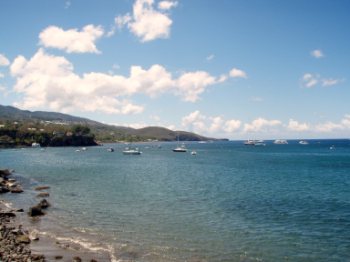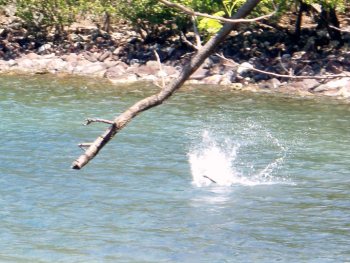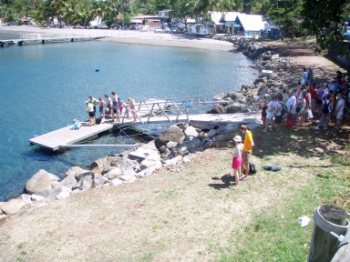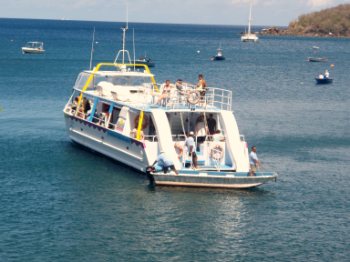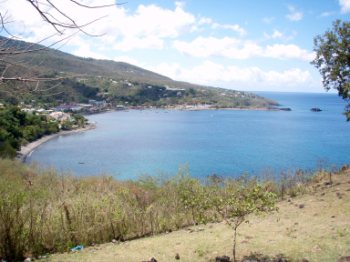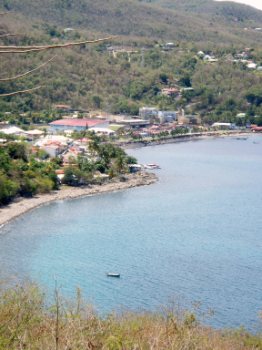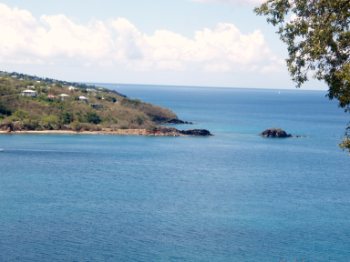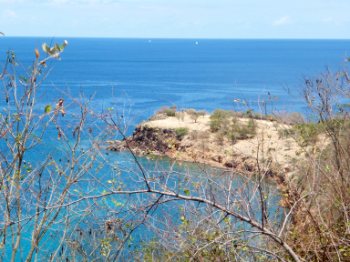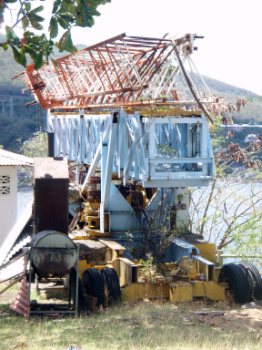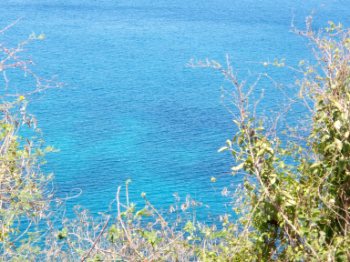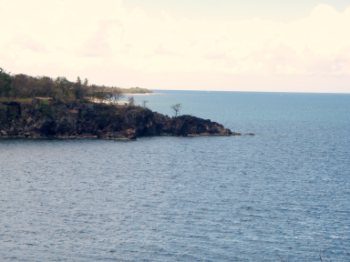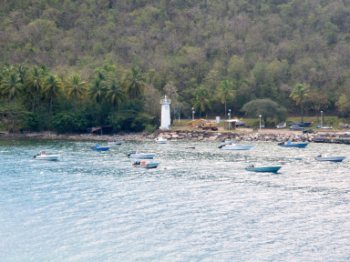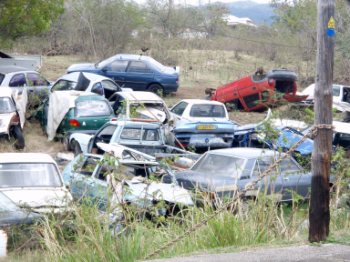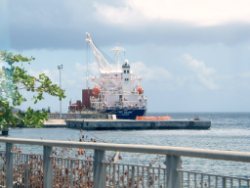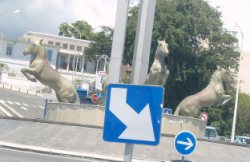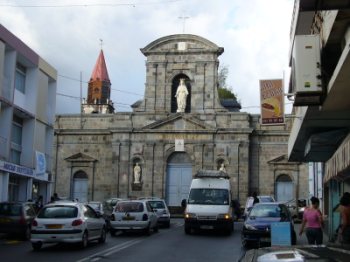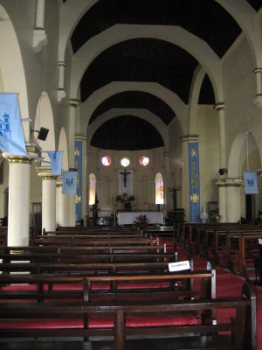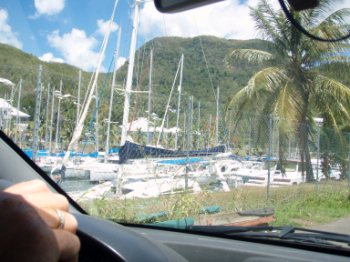Although it is the administrative capital of Guadeloupe,
Basse-Terre is only the second-largest city in Guadeloupe behind
Pointe-a-Pitre, with 44,864 inhabitants in its
urban area in 1999 (12,400 of whom lived
in the city of Basse-Terre proper). The city was founded in 1643, in the
mountainous section of Basse-Terre. The town has been destroyed many times as a
consequence of the Anglo-French wars. Today the town is quiet with its French provincial
atmosphere and colourful port life. In town is the Cathedral of
Saint-Pierre-et-Saint-Paul, a 19th century building which has a notable grey
stone highlighted by white statues. In the early stages of the French occupation
of Basse Terra, a Roman
Catholic Church was erected in the town by the
Jesuits and dedicated to Our
Lady. Notre Dame was burnt to the ground in 1706
during the Anglo-French War by English soldiers who were billeted there. The
Church was re-built by 1710 and re-named St. George's. From the 1720’s, it became a place of worship for the
Anglicans. After the take-over of the island by the English in
1713, Roman Catholics were forbidden by law to worship in public. They also
suffered certain civil and military disabilities. For example, Roman Catholics
were required to take and subscribe certain oaths and declarations, such as the
declaration against Transubstantiation, before they would quality for civil or military office
or for sitting and voting in the island’s legislature. An Act passed in 1829
finally to remove all disabilities. As a consequence, there was a revival of
Roman Catholicism. The steady influx of Portuguese migrants from the island of
Madeira from 1835 onwards strengthened the growth of
the Roman Catholic community. A church was built in or about 1856; it was called
the Church of the Immaculate Conception. In 1927, it was demolished and replaced
by a modern edifice on the same site on East Square Street. Father Claeys who
was an architect of repute designed the church. It was dedicated on the 6th of
December 1928.
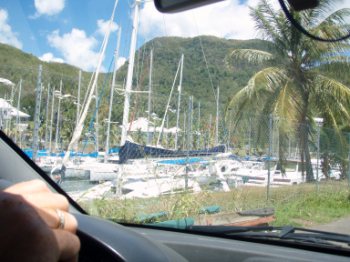

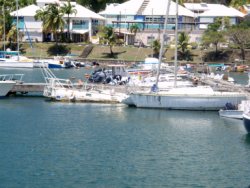
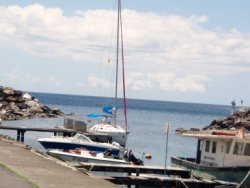
Next stop the marina a long walk from the
town. As we drove around the back it looked just like any other, about 300
boats, but, no feeling of bustle or business. On driving round we saw the
pitiful sight of the visitors pontoon in bits, a couple of sunken boats and most
shops around the edge closed. This charter boat arrived and tied to the fuel
dock. His friends arrived shortly after and dinghied around to find a space. No
capitainerie, no harbourmaster, eventually someone in the sad little fish stall
told them they should stay the night on the fuel jetty. The damage here was done
by Hurricane Lenny and no one has done anything about it since. All very sad and
pathetic for the capital city - one for us to miss next
season.
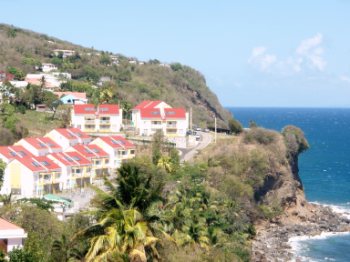
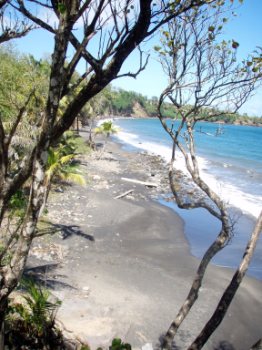
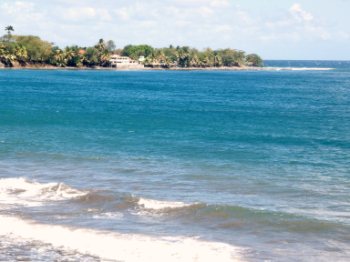
Vieux Fort
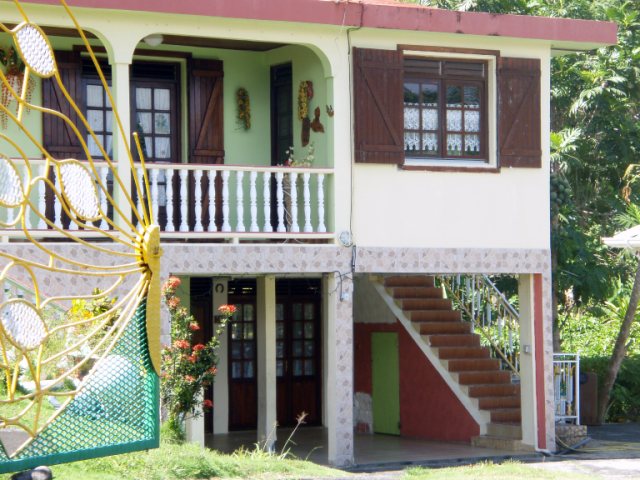
I really liked this pretty
house, with its lovely butterfly gates. You rarely see a well kept house
with a well kept garden, most here have been one or the
other.
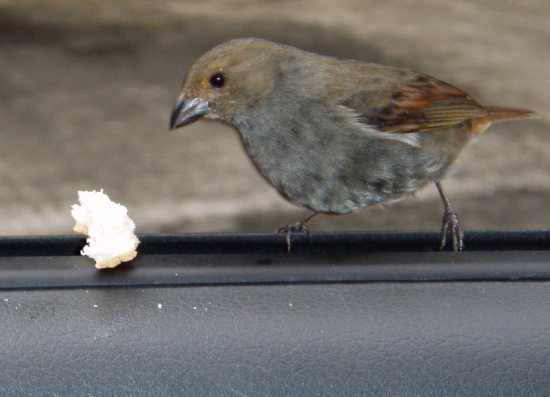
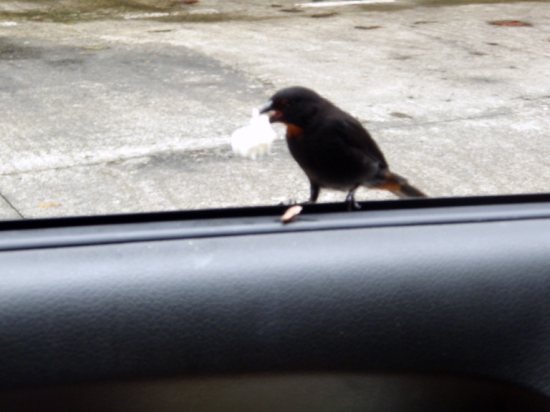
Next was a car picnic at the Chutes du Carbet. I had
the female to feed while this male red throated bullfinch was happy to eat from Bears hand,
too quick for me to photo.
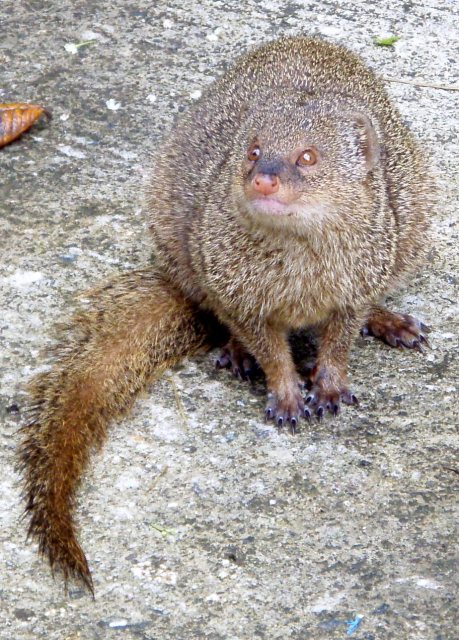
Next up was this little chap,
who didn't like bread, with these eyes looking up imploring - I found myself
sharing my cheese triangles which he loved
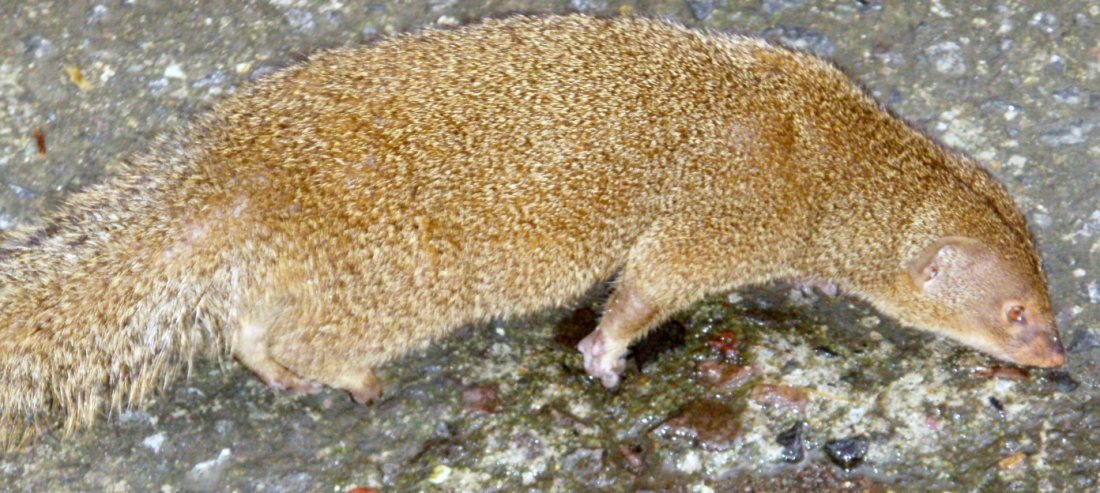

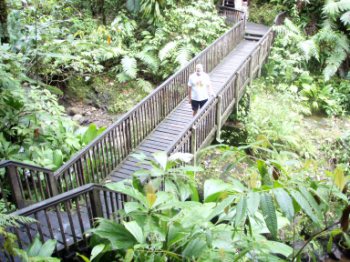

Next was a half hour walk to see the tallest waterfall
in The Antilles. I had said I was waterfalled out unless it was Angel or
Niagara, but, it was a good stroll along very well laid paths. I crossed the
bridge and happily watched the local fauna taking a bath. I thought you was watching an otter or something - get
going. "Bully".
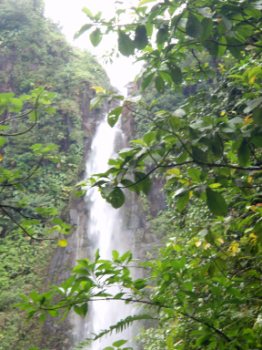
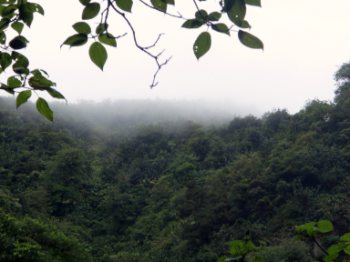
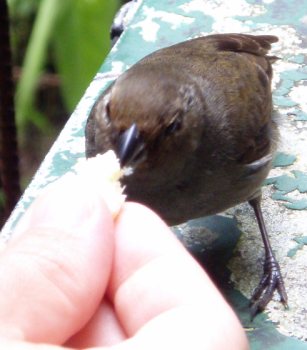
That is it, no more waterfalls, it looked just the same as Dominica. The rain clouds were forming, just time to feed this little girl and wend our
way.
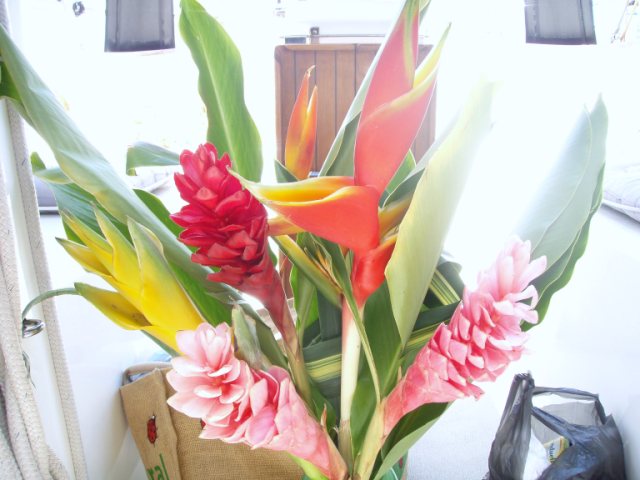
Last stop was at the enormous Carrefour to stock up on heavy items
and a new bouquet for me at the princely sum of 4.77.
ALL IN ALL we feel we have
had a good crack at Guadeloupe and all it has to offer. Minus
going out to eat at night which would make your eyes bleed on seeing the bill.
On the marina we worked out a small lobster and trimmings
£100.

